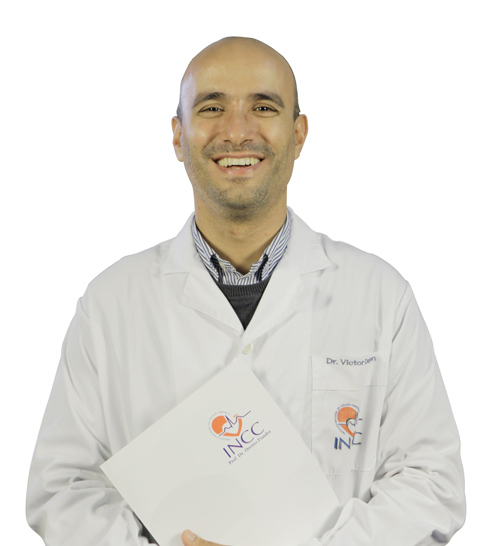ALERT!
This site is not optimized for Internet Explorer 8 (or older).
Please upgrade to a newer version of Internet Explorer or use an alternate browser such as Chrome or Firefox.
Featured Profile: Victor Dayan
 As a cardiac surgeon at Centro Cardiovascular Universitario and Instituto Nacional de Cirugia Cardiaca in Montevideo, Uruguay, Dr. Victor Dayan’s interests include evidence-based clinical practice, clinical trials, and mitral valve repair. He has been a CTSNet community member for over nine years, and outside of his practice Dr. Dayan is working on a master’s in public health and is dedicated to his family.
As a cardiac surgeon at Centro Cardiovascular Universitario and Instituto Nacional de Cirugia Cardiaca in Montevideo, Uruguay, Dr. Victor Dayan’s interests include evidence-based clinical practice, clinical trials, and mitral valve repair. He has been a CTSNet community member for over nine years, and outside of his practice Dr. Dayan is working on a master’s in public health and is dedicated to his family.
Dr. Dayan received his medical education and completed his residency at the Universidad de la Republica in Uruguay. He continued his education with a PhD in cardiac restoration using mesenchymal stomal cells at the same university, moved on to complete his postdoctoral studies at the University of Toronto in Canada, and has spent three months at Mayo Clinic as part of an AATS fellowship. Now, in addition to his work as a cardiac surgeon in his home country, he is a professor of cardiac surgery at his alma mater, the Universidad de la Republica.
CTSNet spoke with Dr. Dayan about his fascinating career, the future of cardiac surgery, and what his profession means to him. Read on for the full interview, which has been edited for length and clarity.
CTSNet: What do you think is the biggest challenge facing cardiac surgery right now?
Dr. Dayan: The main challenge affecting the future of cardiac surgery is the capacity of current and prospective residents to get involved in percutaneous technique. Residence programs need to change in response to a current reality. We need to aim for a hybrid surgeon who is capable of working side-by-side with our interventional colleagues, and not as competitors. As soon as competition is diluted, patients’ best interests prevail.
CTSNet: If you had a magic wand to create the next innovation in CT surgery, what would it be?
Dr. Dayan: My answer is probably not as expected. I believe surgical innovation has progressed enormously in creating easier surgical procedures and shortening their duration. Nonetheless, our main Achilles’ heel is the deleterious effect of extracorporeal circulation. I personally believe that much research needs to be put into minimizing the effect of extracorporeal circulation. This may be the next big accomplishment in improving operative mortality and morbidity.
CTSNet: Technical skill is obviously important for surgeons, but can you address the importance of leadership skills and the capacity to foster the surgical team’s success?
Dr. Dayan: Cardiac surgeries, in contrast to other surgical procedures, are not procedures that one person can take responsibility for. You can take the best mitral valve repair surgeon to a dysfunctional center and his results will not be good. There is an interesting case discussed in the Surgical Leadership Program at Harvard that highlights exactly this aspect: you may have the best rowers on a team, but if the team does not work together, you get beaten by rowers who are not as talented but have excellent teamwork.
CTSNet: What is your favorite procedure? Why is it your favorite?
Dr. Dayan: Mitral valve repair. It is a procedure in which craftmanship is at its highest demand. After several years in cardiac surgery, you notice that most procedures can be performed on autopilot. That is generally how with aortic valve replacement and CABG end up. However, it is not the case with mitral valve repair.
Disclaimer
The information and views presented on CTSNet.org represent the views of the authors and contributors of the material and not of CTSNet. Please review our full disclaimer page here.




